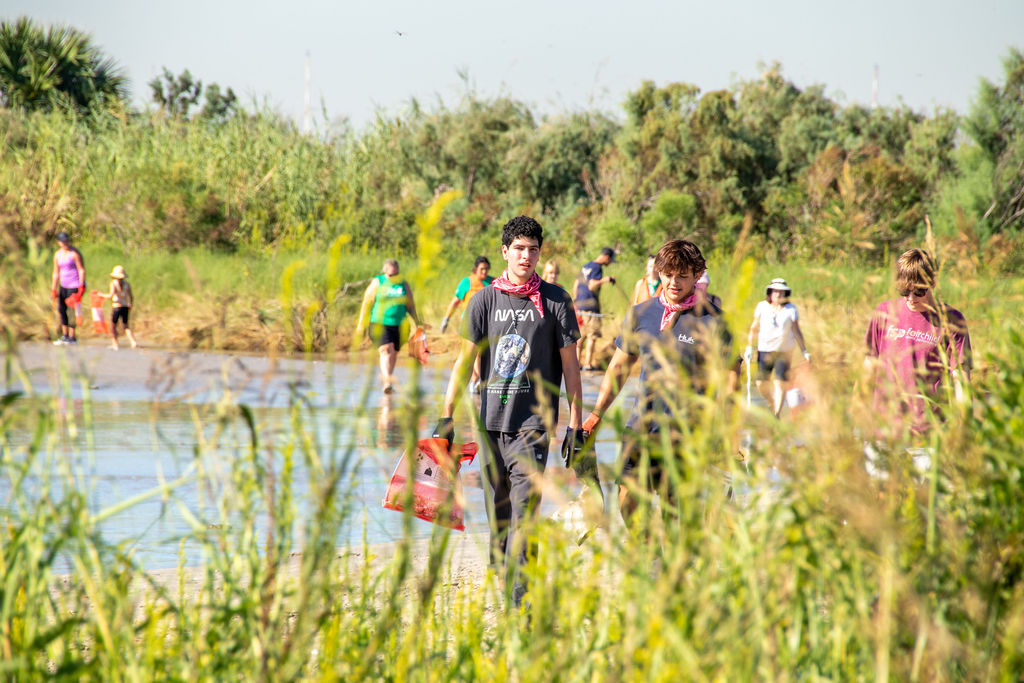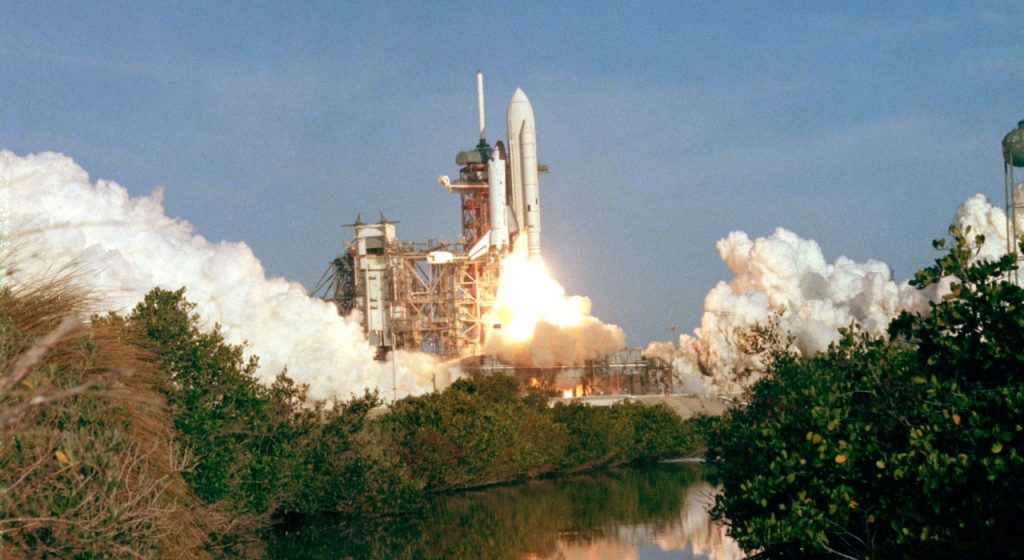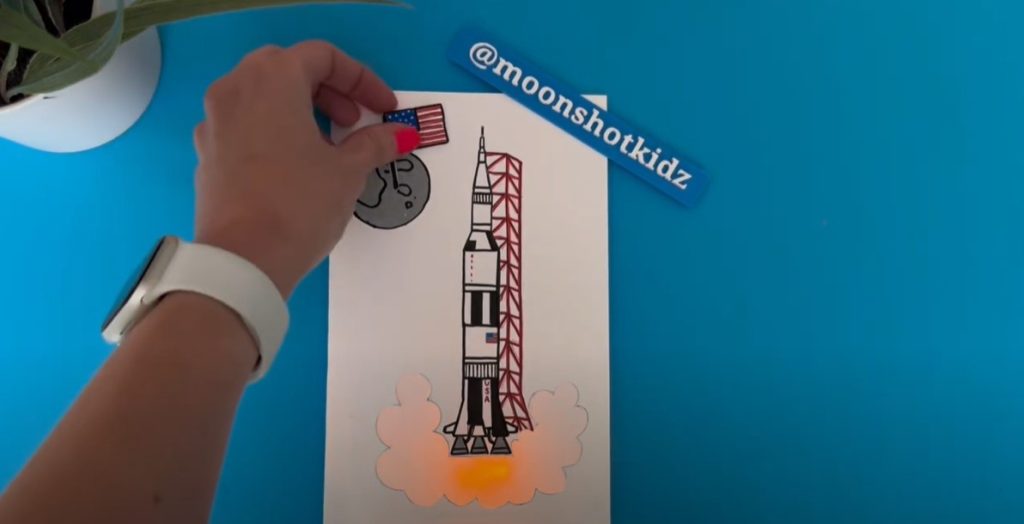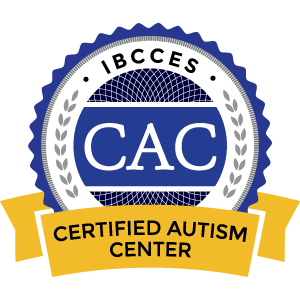
In addition to immersive sessions with educators, we will host multiple blockbuster panel discussions and keynote presentations at our 27th annual Space Exploration Educators Conference. Learn about these inspiring presentations below.
Keynote
How did we get here from the Big Bang with Dr. John Mather
Noble laureate in physics, Dr. John Mather, will present a keynote address on the history of the universe on Feb. 5.
Mather is a Senior Astrophysicist in the Observational Cosmology Laboratory at NASA’s Goddard Space Flight Center. His research centers on infrared astronomy and cosmology. As Senior Project Scientist for the James Webb Space Telescope, he leads the science team, and represents scientific interests within the project management. The James Webb Space Telescope is schedule to launch in 2021.
His presentation will explore how we got here from the Big Bang. Astronomers, geologists, and biologists all look back in time to work out the picture. Mather will show the history of the universe from the Big Bang to now, and how we found out. He will also show the basic forces leading to complexity, from hurricanes to life as well as how far we can go into the universe.
Keynote
Science Fiction, Science Future and Science Now with Andy Weir, Cady Coleman, and Melvin Greer
Persevering with innovation is a consistent theme in science fiction and in real life. Join us as author Andy Weir, astronaut Cady Colman, and Intel Chief Data Scientist Melvin Greer, discuss Science Fiction, Science Future and Science Now through the lens of space exploration and Andy’s new book Project Hail Mary on Feb. 6.
Weir built a two-decade career as a software engineer until the success of his first published novel, The Martian, allowed him to live out his dream of writing full-time. He is a lifelong space nerd and a devoted hobbyist of such subjects as relativistic physics, orbital mechanics, and the history of manned spaceflight.
Coleman is the veteran of two space shuttle missions. She spent six months living aboard the International Space Station as the lead robotics and lead science officer. During her 24-year career at NASA, she has gained deep insight into how to establish trust, build teams, and collaboratively solve problems when failure is not an option. She currently serves as Global Explorer in Residence at Arizona State University and is a passionate advocate for diversity and inclusion in science, technology, engineering, art, and mathematics (STEAM).
Greer is responsible for building Intel’s data science platform through graph analytics, machine learning and cognitive computing to accelerate transformation of data into a strategic asset for Public Sector and commercial enterprises. His systems and software engineering experience has resulted in patented inventions in Cloud Computing, Synthetic Biology and IoT Bio-sensors for edge analytics. Greer has been appointed Fellow of the National Cybersecurity Institute where he assists government, industry, military, and academic sectors meet the challenges in cyber security policy, technology and education. Greer is Professor, Master of Science in Data Science program at Southern Methodist University (SMU) and Adjunct Faculty, Advanced Academic Program at Johns Hopkins University.
Panel
Exploring Mars through Perseverance
NASA’s newest Mars rover, Perseverance, is scheduled to land on the red planet on Feb. 18. It is based on the Mars Science Laboratory’s Curiosity rover configuration. It is car-sized, but at 2,260 pounds (1,025 kilograms), it weighs less than a compact car. In some sense, the rover parts are similar to what any living creature would need to keep it “alive” and able to explore.
JPL experts Jeffrey Carlson, Michael Sondheim, and Clara O’Farrell will discuss the ins and outs of this innovative new rover.
Carlson is a robotics engineer at NASA’s Jet Propulsion Laboratory (JPL). He was on the team which assembled the “neck and head” called the Remove Sensing Mast. After the assembly was complete, he transitioned to the Qualification Model Dirty Testbed (QMDT) where he and his team test and demonstrate a duplicate of the rover specifically using the Sample Caching System, which includes drilling into Mars-like rocks using the Robotic Arm and processing the drilled samples in the intricate Adaptive Caching Assembly system which is internal to the rover.
Sondheim is the instrument systems engineer for the Planetary Instrument for X-ray Lithochemistry (PIXL) instrument at JPL. He helps ensure the instrument meets science and system requirements. Sondheim aided in the design of the instrument, performed integration and testing, delivered the instrument to the project, and supported early mission operations and surface commissioning of the instrument.
O’Farrell is a JPL guidance and control engineer. She is part of the investigation team for the Low-Density Supersonic Decelerators project (LDSD) which tested new technologies for landing heavier payloads on Mars. She works on the technologies for helping us land on mars and on simulation the trajectory of spacecraft during entry, decent, and landing. O’Farrell was also part of the NASA team responsible for breaking the record for the highest load ever survived by a supersonic parachute.
Panel
Artemis Innovation
With the Artemis program, NASA will land the first woman and next man on the Moon by 2024, using innovative technologies to explore more of the lunar surface than ever before. We will collaborate with our commercial and international partners and establish sustainable exploration by the end of the decade. Then, we will use what we learn on and around the Moon to take the next giant leap – sending astronauts to Mars.
In our Feb. 5 SEEC presentation, hear from a panel of experts as they share Artemis mission experiences. Panelists include Dr. Kathleen (Katie) Boggs, Erika Alvarez, and Kelsey Young.
Boggs is capability integration strategy lead in the Human Exploration and Operations Mission Directorate at NASA. She leads strategic planning for development and demonstration of capabilities critical for long duration deep space missions to destinations such as the Moon and Mars. Prior to her work at NASA, Dr. Boggs served in several roles analyzing operations and technology issues for the Marine Corps.
Alvarez systems engineering and integration manager for Artemis Advanced Exploration System at Marshall Space Flight Center. She began her career at NASA’s Marshall Space Flight Center in Huntsville, Alabama, in 2004 as a turbopump engineer for the Space Shuttle Main Engine. On a daily basis, Alvarez is chiefly responsible for ensuring programs such as the Human Landing System, Lunar Gateway, and Lunar Terrain Vehicle are openly and effectively communicating and working with the technical authorities and crew to successfully integrate near-term lunar surface and cis-lunar operational missions.
Young is a research space scientist at NASA’s Goddard Space Flight Center. Young’s research focuses on the integration of science into human exploration. Specifically, Young investigates the science questions, tools and instruments, and operational concepts for the crewed exploration of other planetary surfaces. She conducts and leads fieldwork in impact cratered and volcanic terrains, investigates the incorporation of handheld and field portable technologies into human exploration, and serves as a classroom and field instructor for NASA’s astronauts.
Panel
International Space Station (ISS) National Lab
In an effort to expand the research opportunities of an unparalleled platform, the ISS was designated as a U.S. National Laboratory in 2005 by Congress, enabling space research and development access to a broad range of commercial, academic, and government users.
The ISS National Laboratory would be responsible for managing all non-NASA research, and all investigations would require the capacity to utilize microgravity for Earth benefits. Now, this unique microgravity research platform is available to U.S. researchers from small companies, research institutions, Fortune 500 companies, government agencies, and others, all interested in leveraging microgravity to solve complex problems on Earth.
In our Feb. 6 SEEC presentation, a special panel will discuss the research being conducted on the ISS. The event will be led by Liz Warren, Ph.D. Warren will be joined by Dr. Lucie Low and Rihana Mungin.
Low is a scientific program manager for the National Institutes of Health (NIH) Tissue Chips (also known as ‘organs-on-chips’) program at the National Center for Advancing Translational Sciences (NCATS). She is also the NIH-NASA Liaison Point of Contact at NIH, working with colleagues across the government and beyond to discuss and facilitate collaborations between NIH and NASA. Prior to joining NCATS, Low was a Staff Scientist performing neuroscience research on chronic pain at the National Center for Complementary and Integrative Health (NCCIH) at NIH. Low obtained her Masters and PhD in Neuroscience from University College London in the UK and completed postdoctoral training at McGill University in Montreal, Canada.
Warren is a senior program director for the International Space Station U.S. National Laboratory. She has been involved in spaceflight research for over 25 years. Warren was born and raised in the San Francisco Bay Area, and attended the University of California at Davis for both her undergraduate and doctoral degrees in physiology. For her doctoral work, she investigated the effects of gravity as a continuum on energy balance in rats. She completed post-doctoral work in cancer biology at the San Francisco Veterans Affairs Laboratory of Cell Growth, and in the Neuroscience Laboratory at NASA’s Johnson Space Center. She has performed a variety of roles at NASA, including serving as Deputy Project Scientist for the NASA Bed Rest and Artificial Gravity Projects. Dr. Warren also spent several years as an Operations Lead in Mission Control for the ISS Medical Project.
Mungin is a mechanical engineering graduate student studying microgravity capillary fluidics at Portland State University. Notably, she worked with Nickelodeon and NASA to support the Slime in Space demonstrations aboard the International Space Station (ISS). She went on to co-host Slime in Space: A Virtual Field Trip and created an exciting educational STEM environment for grade school children to engage with the low-gravity gooey slime content. Additionally, while working alongside NASA scientists and engineers, she applies her research to develop novel and autonomous liquid delivery methods for the Plant Water Management (PWM) project and studies the fundamentals of evaporation in the absence of gravity to support the Capillary Structures for Exploration Life Support (CSELS) experiments. She will graduate with a M.S. in March 2021.
Register for SEEC to watch these presentations anytime from anywhere.






